Analysis of Production Requirements

The intended use and scale of production form the foundation for all subsequent decisions regarding the Pipe Fittings Mould.
Production Volume and Cycle Time: The required output dictates the mold's robustness and configuration. For high-volume production, a multi-cavity mold is typically selected to produce multiple fittings per cycle, thereby output. The design must also facilitate a fast cycle time, with efficient cooling channels to solidify the material quickly. For lower volumes or prototyping, a single-cavity mold may be more economical and easier to maintain.
Type of Fitting and Complexity: The geometry of the pipe fitting—whether it is a simple elbow, a tee, a coupling, or a more complex union or reducer—determines the mold's internal design. Complex geometries may require slides, lifters, or unscrewing mechanisms to form undercuts and internal threads. These features add to the mold's complexity, cost, and potential maintenance needs. The mold must be designed to reliably form the specific contours and details of the intended fitting.
Compatibility with Manufacturing Equipment: The mold must be physically compatible with the available injection molding or casting machine. Key specifications to verify include the mold's dimensions (to fit within the platen), the shot capacity (the volume of material it can hold), and the clamp force required to keep it closed during injection. An incompatible mold will be unusable or will produce defective parts.
Assessment of Mold Design and Construction
The quality of the mold's engineering and manufacturing determines its durability, performance, and the quality of the fittings it produces.
Mold Material and Hardness: The core and cavity inserts, which form the fitting, are typically made from pre-hardened or through-hardened tool steels. The choice of steel grade (such as P20, H13, or S7) depends on the production material's abrasiveness and the expected lifespan of the mold. High-hardness steels resist wear and corrosion better, extending the mold's service life when processing abrasive materials like glass-filled plastics.
Cooling Channel Design: Efficient cooling is essential for consistent part quality and short cycle times. A well-designed mold has a logical and balanced cooling channel layout that ensures uniform heat extraction from all sections of the fitting. Uneven cooling can cause defects like warpage, sinks, and internal stresses. Conformal cooling channels, which follow the contour of the cavity, can offer performance compared to traditional drilled channels.
Gating and Venting Systems: The gate is the point where material enters the cavity. Its location and type (e.g., edge gate, tunnel gate, or hot runner gate) affect the filling pattern and can leave a visible witness mark on the finished part. Proper venting is equally critical; shallow vents allow air to escape during injection, preventing defects such as burns, short shots, or poor surface finish in the fitting.
Evaluation of Material Compatibility
The mold must be engineered to process the specific raw material from which the fittings will be made.
Material Shrinkage and Dimensional Accuracy: Different polymers and metal alloys shrink at different rates as they cool. The mold must be precision-machined to account for this specific material shrinkage to ensure the final fittings meet dimensional tolerances. Using a mold designed for one material to process another will result in parts that are either too large or too small.
Corrosion and Abrasion Resistance: Some materials are chemically corrosive or highly abrasive. For instance, PVC can release corrosive gases when heated, and plastics filled with minerals or glass fibers are abrasive. The mold must be constructed from materials and with surface treatments (such as nickel plating or nitriding) that can withstand these effects without degrading, thus protecting the mold's precision and longevity.
Consideration of Economic Factors and Supplier Support
The financial investment in a mold extends beyond its initial purchase price and must be evaluated over its entire operational life.
Initial Cost versus Lifecycle Value: While a lower-cost mold may be appealing initially, its lifecycle cost may be higher due to more frequent repairs, shorter service life, and lower production efficiency. Investing in a robust, well-engineered mold from a reputable manufacturer often provides better long-term value through consistent performance and reduced downtime.
Supplier Expertise and Technical Support: The mold manufacturer's experience is a critical factor. A supplier with a proven track record in producing pipe fitting molds will understand the specific challenges involved. They should provide comprehensive technical data, offer design for manufacturability advice, and be capable of providing reliable after-sales service, including maintenance, repair, and spare parts.

 English
English 中文简体
中文简体 русский
русский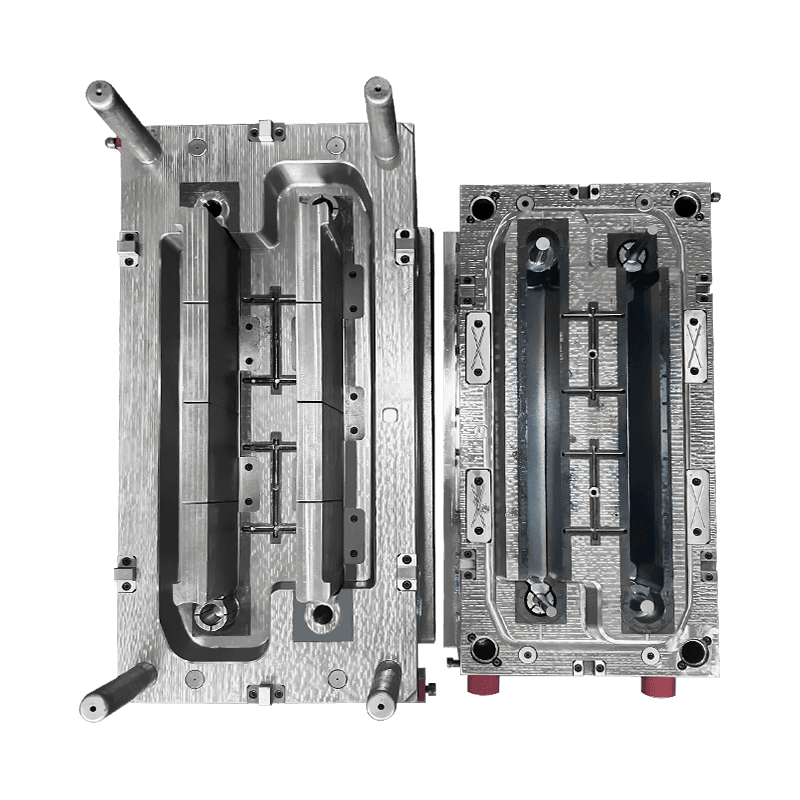

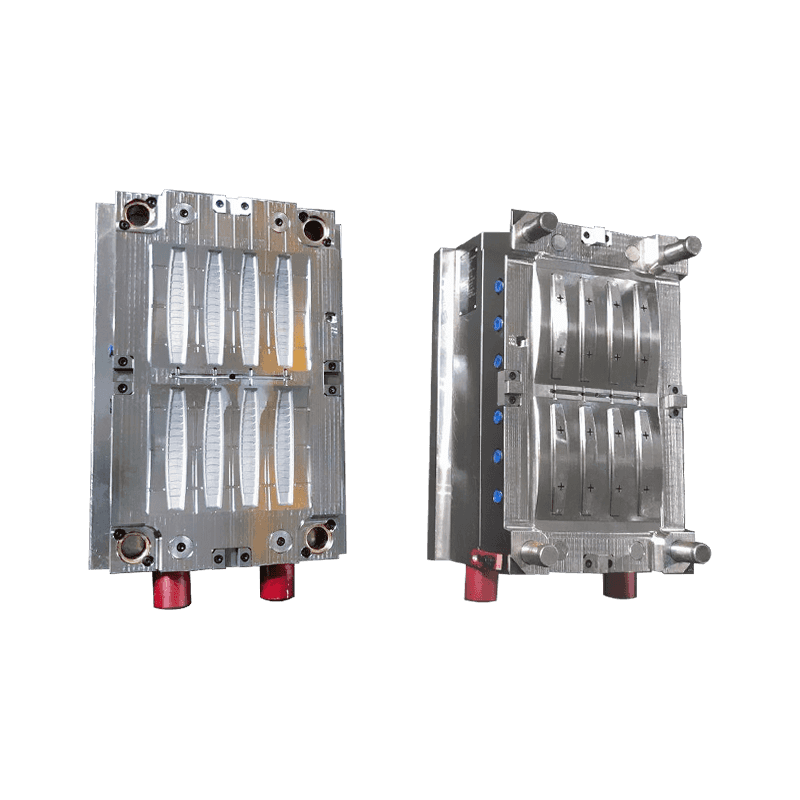



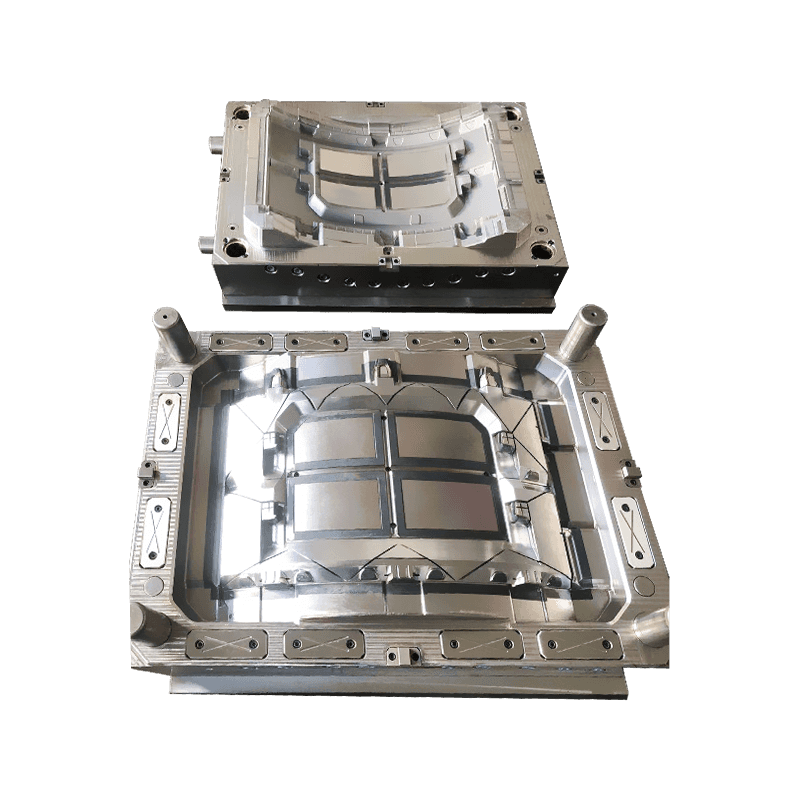

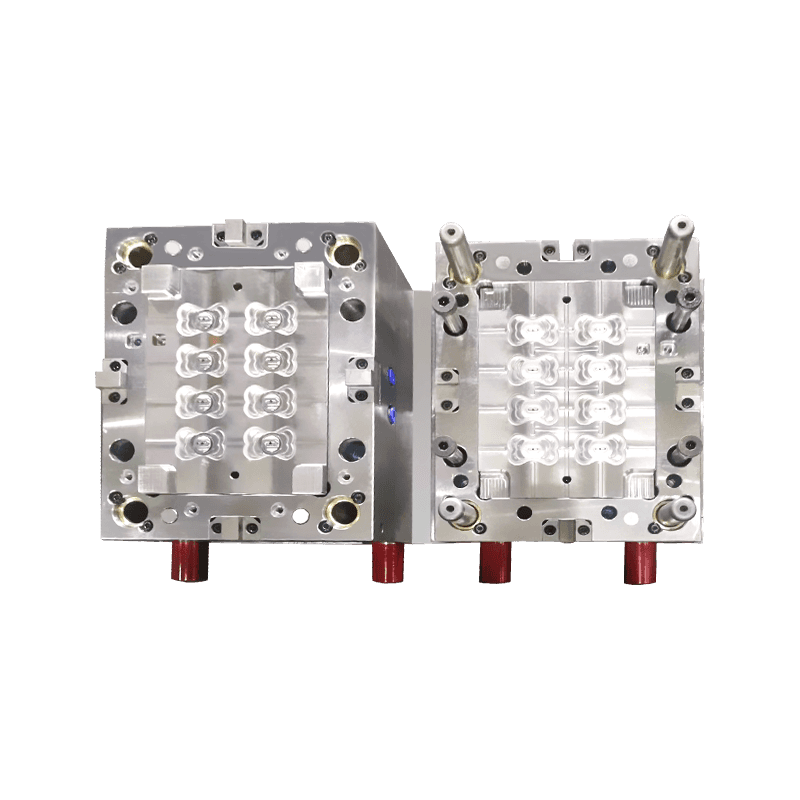
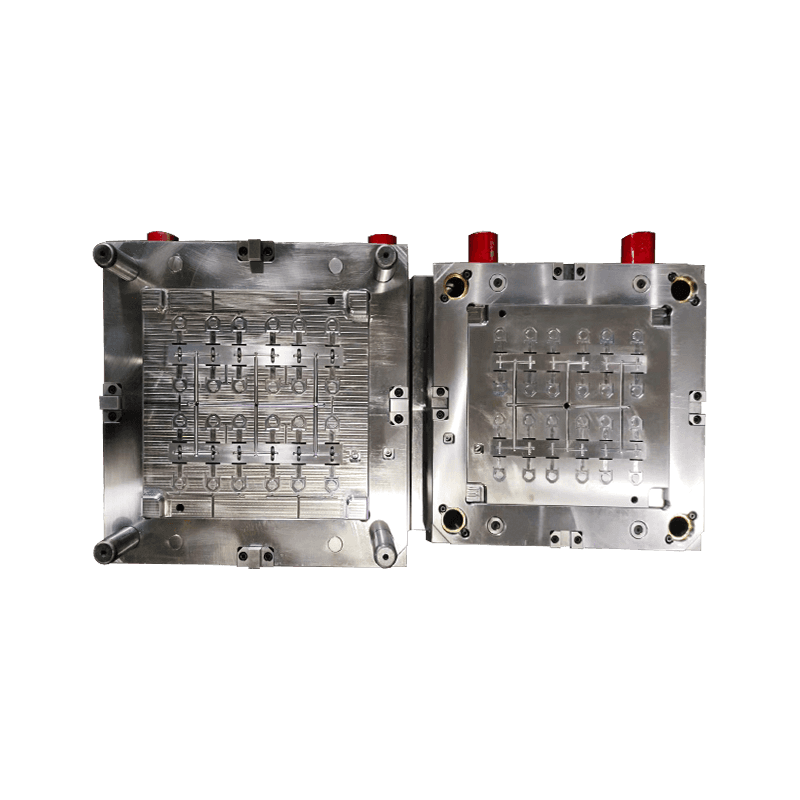
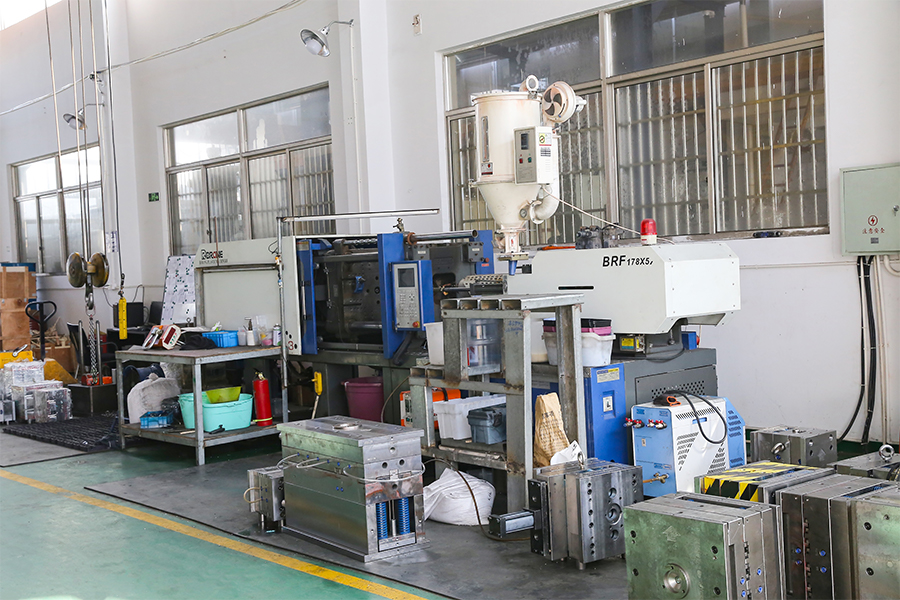
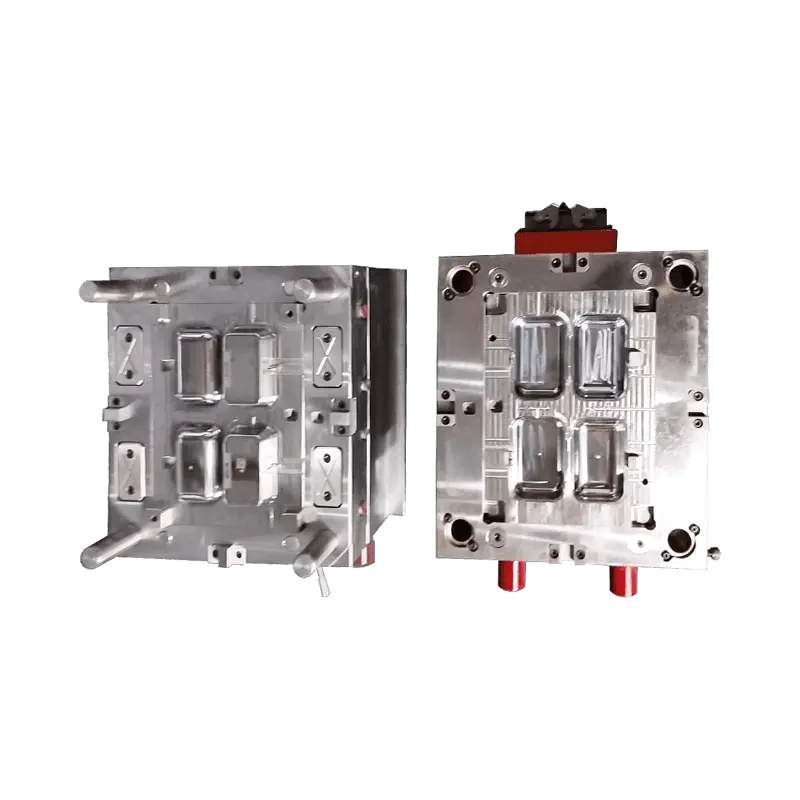

Contact Us